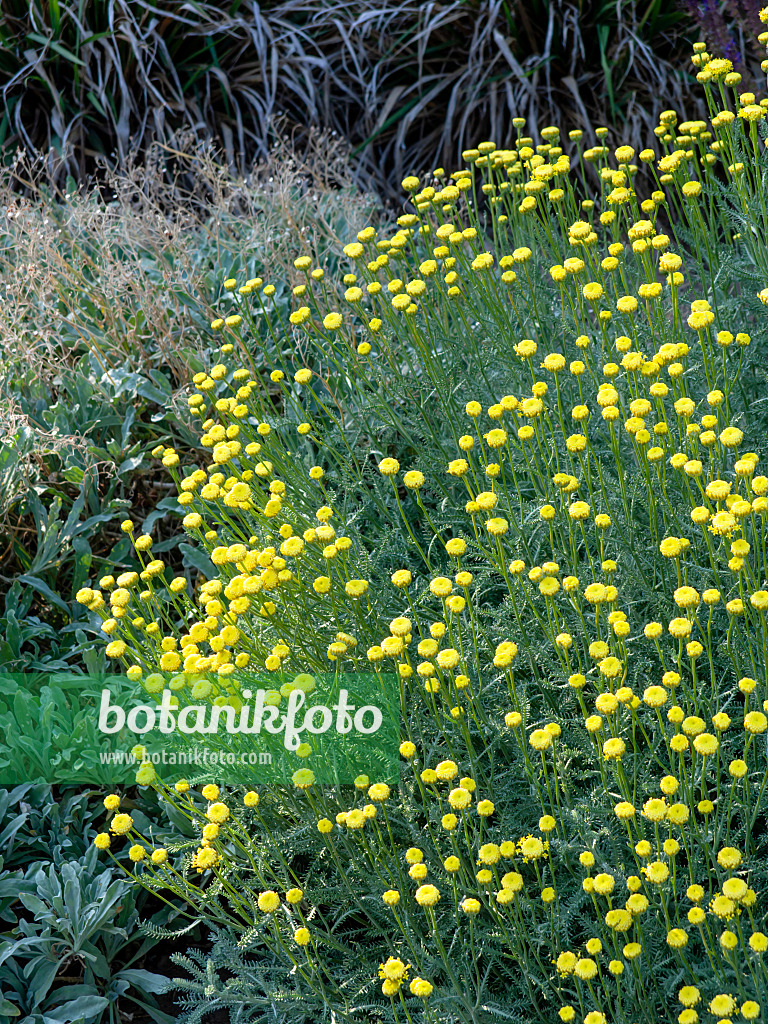
Image Lavender cotton (Santolina chamaecyparissus subsp. insularis
Santolina chamaecyparissus is a species of the Asteraceae family and is native to the Mediterranean. It is commonly known as Cotton lavender, Lavender cotton or Lemon Queen. Despite the name of the plant it is not related to true lavender . This small, dense vigorous shrub grows to a height of around 60 cm and spreads to a similar width.
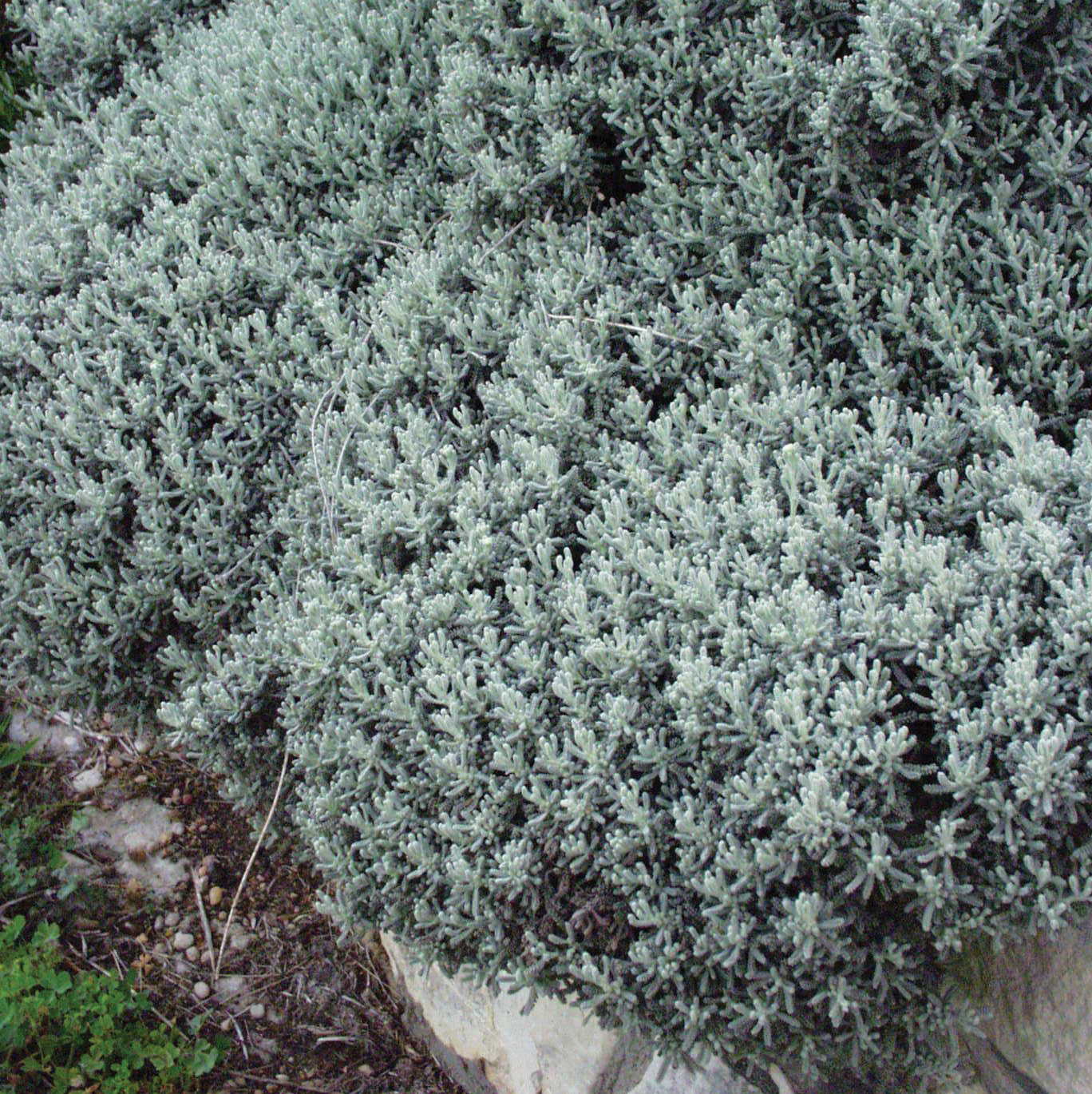
Santolina AustinTexas.gov
Lavender cotton Santolina chamaecyparissus san-toe-LEE-nah kam-ah-sip-ar-ISS-us Audio This fine-textured, mound-forming shrub has gray foliage and yellow, button-like flowerheads formed by tubular flowers appearing in summer. Noteworthy Characteristics Santolina looks great in Mediterranean gardens and as edging.

Lavender Cotton Santolina chamaecyparissus seeds Select Seeds
S. chamaecyparissus is a dwarf evergreen shrub with narrow, silvery-woolly, much dissected leaves and long-stalked, button-like bright yellow flowerheads 2cm in width Other common names cotton lavender ground cypress see more French lavender Synonyms Santolina incana Chamaecyparissus africanus Join the RHS today and save 25% Join now < > © RHS 1998

Santolina chamaecyparissus (gray lavendercotton) 2 Flickr
A rugged Mediterranean herb, lavender cotton (Santolina chamaecyparissus) is grown for its attractive silver foliage. The name is deceiving, though, because the plant is neither lavender nor cotton. It's often found growing in rock gardens and formal knot gardens because it stands up well to frequent trimming.

Santolina chamaecyparissus (Cotton lavender)
Santolina chamaecyparissus (Cotton Lavender) and Santolina rosmarinifolia (Holy Flax) are the species most frequently grown by gardeners. What is the perfect location to grow Santolina? Santolina plants prefer full sun and well-drained, poor to moderately fertile soil. They perform well in zones 6-9. Is Santolina invasive in the USA, if so in.

Santolina chamaecyparissus (lavendercotton) Go Botany
DETAILS STYLE CARE Care Thrives in average, loose, soils with excellent drainage; avoid overly wet and heavily enriched soils. Water deeply, regularly during first growing season to establish an extensive root system. Once established, reduce frequency; tolerates moderate drought. Remove spent flowers for a tidy appearance.
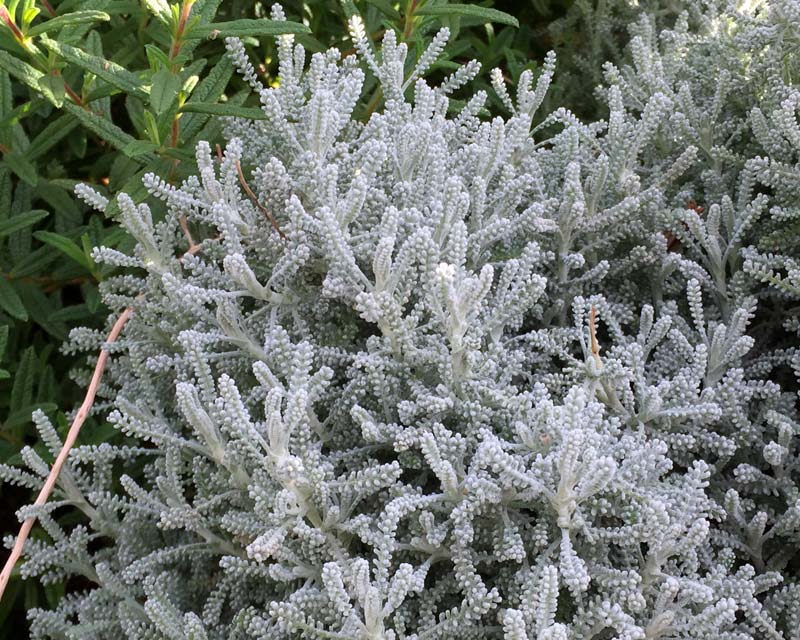
Santolina chamaecyparissus
Lavender Cotton Santolina Phonetic Spelling san-toh-LY-nuh kam-ee-se-pur-ISS Description Good in small areas; good drought tolerance. Used in dried arrangement, potpourris and as an accent plant. Highly salt tolerant; avoid excess fertilization; prune after flowering.

Buy Cotton Lavender Santolina chamaecyparissus from Norfolk Herbs
Santolina chamaecyparissus ( syn. S. incana ), known as cotton lavender or lavender-cotton, [4] is a species of flowering plant in the family Asteraceae, native to the western and central Mediterranean. Nomenclature

Santolina chamaecyparissus Cotton Lavender Evergreen Potted Dwarf
Santolina chamaecyparissus — lavender-cotton Copyright: various copyright holders. To reuse an image, please click it to see who you will need to contact. New England distribution Adapted from BONAP data about the labels on this map Found this plant? Take a photo and post a sighting . North America distribution Adapted from BONAP data enlarge

Lavender cotton Santolina chamaecyparissus Stock Photo Alamy
Santolina chamaecyparissus, commonly called Lavender Cotton or Grey Santolina, is a small, aromatic, evergreen shrub with a compact cushion form that looks like a coral because of its peculiar 3D-shaped leaves. It has silver-grey woolly leaves and long, wiry stalks bearing bright yellow button-like flower heads.

Gray Santolina, Lavender Cotton (Santolina chamaecyparissus) My
Common names: Lavender-cotton. IntroducedIllustrated. Treatment appears in FNA Volume 19. Treatment on page 498. Illustrator:. Santolina chamaecyparissus is widely cultivated and probably persists in the flora area in states other than those listed here. Selected References. None. Lower Taxa. None.

lavender cotton (Santolina chamaecyparissus)
Height: 50cm Spread: 90cm Hardy Position Soil Chalky / Alkaline / Well Drained / Light / Sandy Cotton lavender is the common name of Santolina chamaecyparissus, a popular and easily grown small shrub that has attractive silvery foliage and masses of bright yellow flowers in summer.

Santolina chamaecyparissusCotton Lavender Planting flowers, Plants
Lavender cotton — Santolina chamaecyparissus The gray lavender cotton is a low mounding shrub growing 1-2 ft. high, spreading 2-3 ft. wide. It features distinctive gray foliage and a fine-texture dense habit; bright yellow flower heads cover the plant in spring for a very colorful display.

Santolina chamaecyparissus (Cotton lavender) Dear Plants
Culture Easily grown in average, dry to medium, well-drained soils in full sun. Plants appreciate regular moisture during the first year, but tolerate drought once roots are established. Plants perform well in limey soils. Plants tolerate poor dry soils. Avoid rich soils. Avoid wet soils.
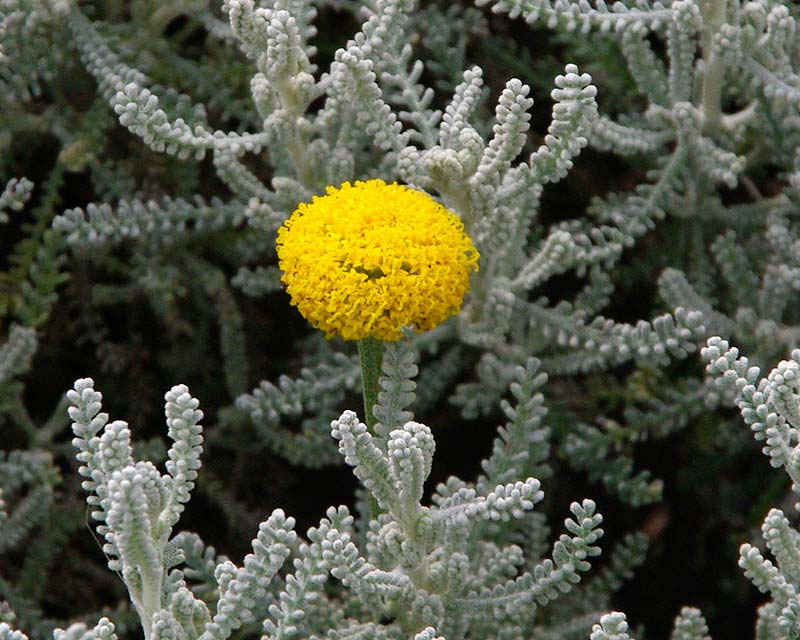
Santolina chamaecyparissus
Santolina chamaecyparissus, known in cultivation as Lavender cotton or Cotton lavender, is a dwarf evergreen shrub and a one-of-a-kind ornamental flowering plant. Covered in numerous aromatic, grey-green leaves, this plant produces masses of yellow, button-like flowerheads during the summer.
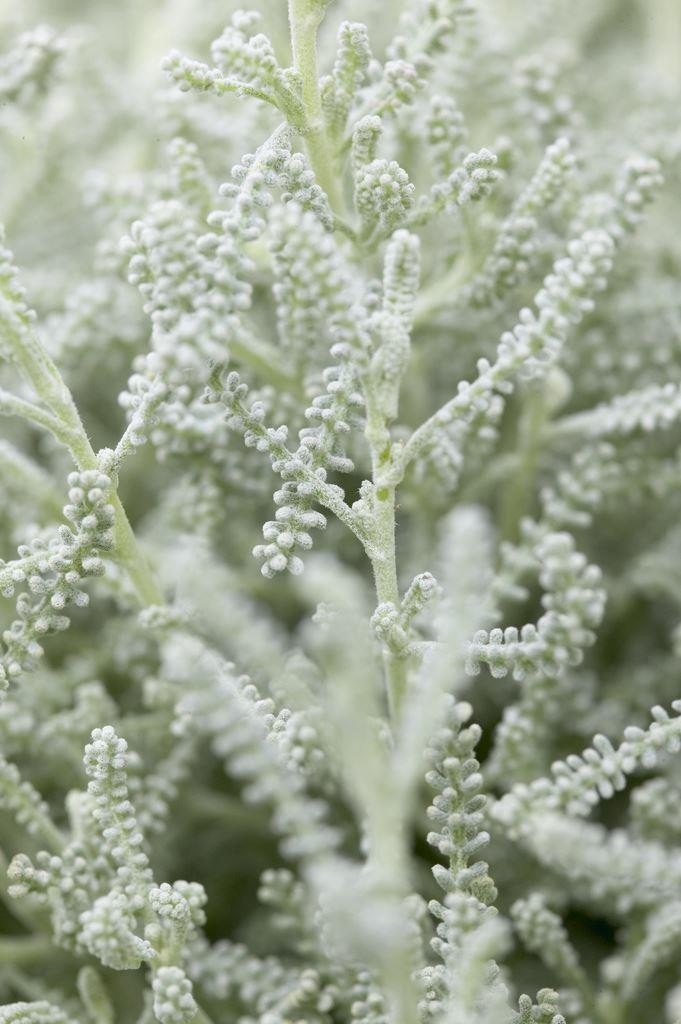
Santolina chamaecyparissus Cotton Lavender Garden Plants
The most famous, Cotton lavender, is a species called Santolina chamaecyparissus. There are quite a few varieties to chose from nowadays: 'Lemon queen' santolina, shown here, has ivory-colored pompom flowers 'Small-Ness' is small enough to grow in tiny pots 'Lemon Fizz' santolina has bright yellow leafage; Cotton lavender herbal uses